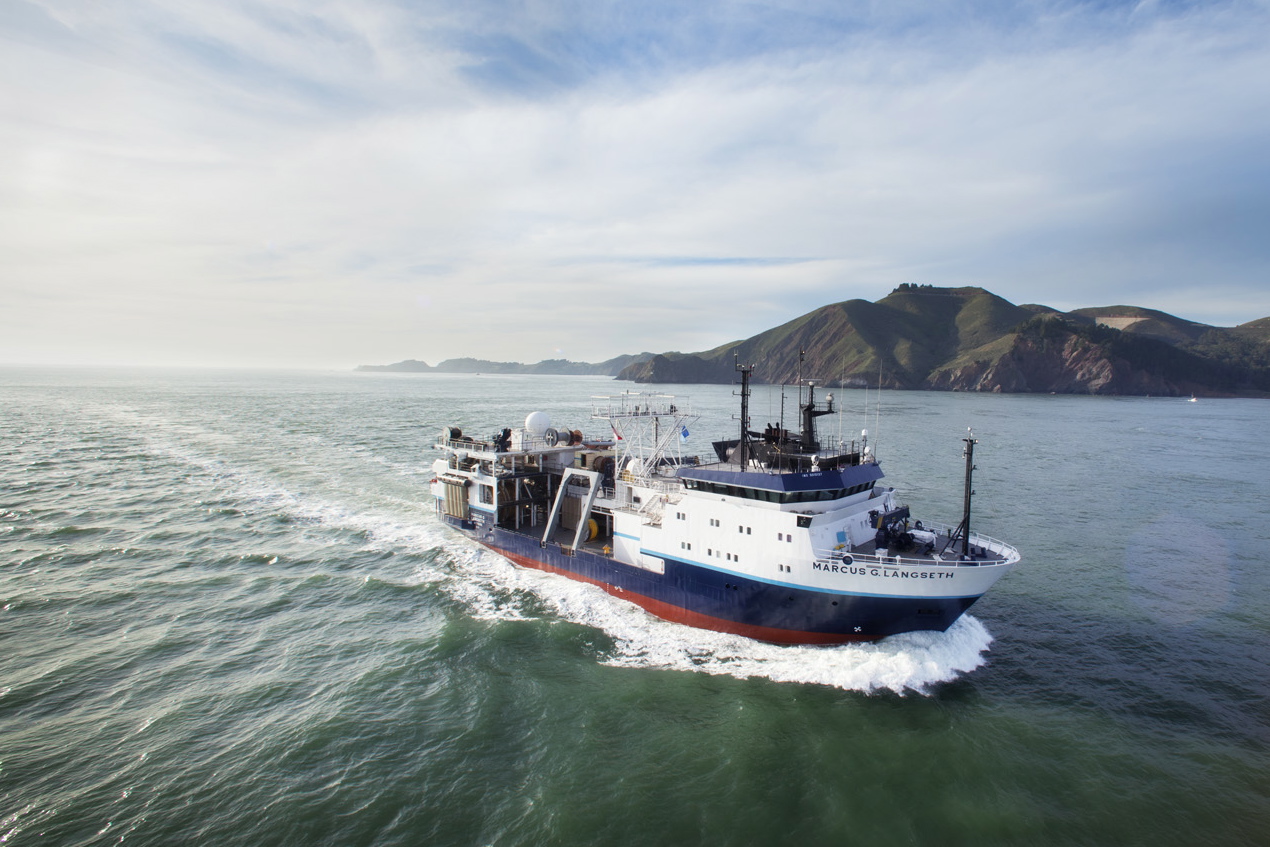Dr. Haojia Ren, the assistant professor at Department of Geoscience, National Taiwan University, has been collaborating with researchers from Lamont-Doherty Earth Observatory at Columbia University in the US, to test whether iron fertilization during the last ice age drives plankton growth in the equatorial Pacific and eventually leading to the removal of carbon dioxide from the atmosphere.
Plankton remove the greenhouse gas carbon dioxide (CO2) from the atmosphere during growth and transfer it to the deep ocean when their remains sink to the bottom. Iron fertilization has previously been suggested as a possible cause of the lower CO2 levels that occur during ice ages. These decreases in atmospheric CO2 are believed to have "amplified" the ice ages, making them much colder, with some scientists believing that there would have been no ice ages at all without the CO2 depletion. Iron fertilization has also been suggested as one way to draw down the rising levels of CO2 associated with the burning of fossil fuels. Improved understanding of the drivers of ocean carbon storage could lead to better predictions of how the rise in manmade carbon dioxide will affect climate in the coming years.
The equatorial Pacific Ocean is one of the major high-nutrient, low-chlorophyll regions in the global ocean. In such regions, the consumption of the available macro-nutrients such as nitrate and phosphate is thought to be limited in part by the low abundance of the critical micro-nutrient iron. Greater atmospheric dust deposition could have fertilized the equatorial Pacific with iron during the last ice age—the Last Glacial Period (LGP)—but the effect of increased ice-age dust fluxes on primary productivity in the equatorial Pacific remains uncertain.
To understand the system, Dr. Ren and her collaborators analyzed fossils found in deep sea sediment with the goal of reconstructing past changes in the nitrogen concentration of surface waters and combining the results with side-by-side measurements of dust-borne iron and productivity. They measured the ratio of nitrogen isotopes, which have the same number of protons but differing numbers of neutrons, that were preserved within the carbonate shells of a group of marine microfossils called foraminifera. These measurements in the equatorial Pacific Ocean reveal that although atmospheric dust deposition during the last ice age was higher than today’s, the productivity of the equatorial Pacific Ocean did not increase; this may have been because iron-enabled greater nutrient consumption, mainly in the Southern Ocean, reduced the nutrients available in the equatorial Pacific Ocean, and hence also productivity there.
The paper, "No iron fertilization in the equatorial Pacific Ocean during the last ice age," appears on January 28, 2016, in the leading journal Nature (http://www.nature.com/nature/journal/v529/n7587/full/nature16453.html)

Fig. 1. Lamont-Doherty Earth Observatory's research vessel Marcus G. Langseth sailed to the central equatorial Pacific in May, 2012, collected sediment cores for understanding climate variations throughout the Earth’s history.

Fig. 2. Planktonic foraminifera Globigerinoides sacculifer is one of the surface dwelling species used to reconstruct past changes in surface nutrient concentrations. (Figure from http://www.jamstec.go.jp/res/ress/kimopy/foraminifera/G_sacculifer/)

Fig. 3. Schematic understanding of the nutrient dynamics between the Holocene and the Last Glacial Period. Greater glacial productivity in the Subantarctic left a smaller inventory of nutrients to be subducted into the thermocline during Subantarctic Mode Water formation, thereby lowering the supply of nutrients to equatorial upwelling regions. (Figure from Costa et al., 2016)
